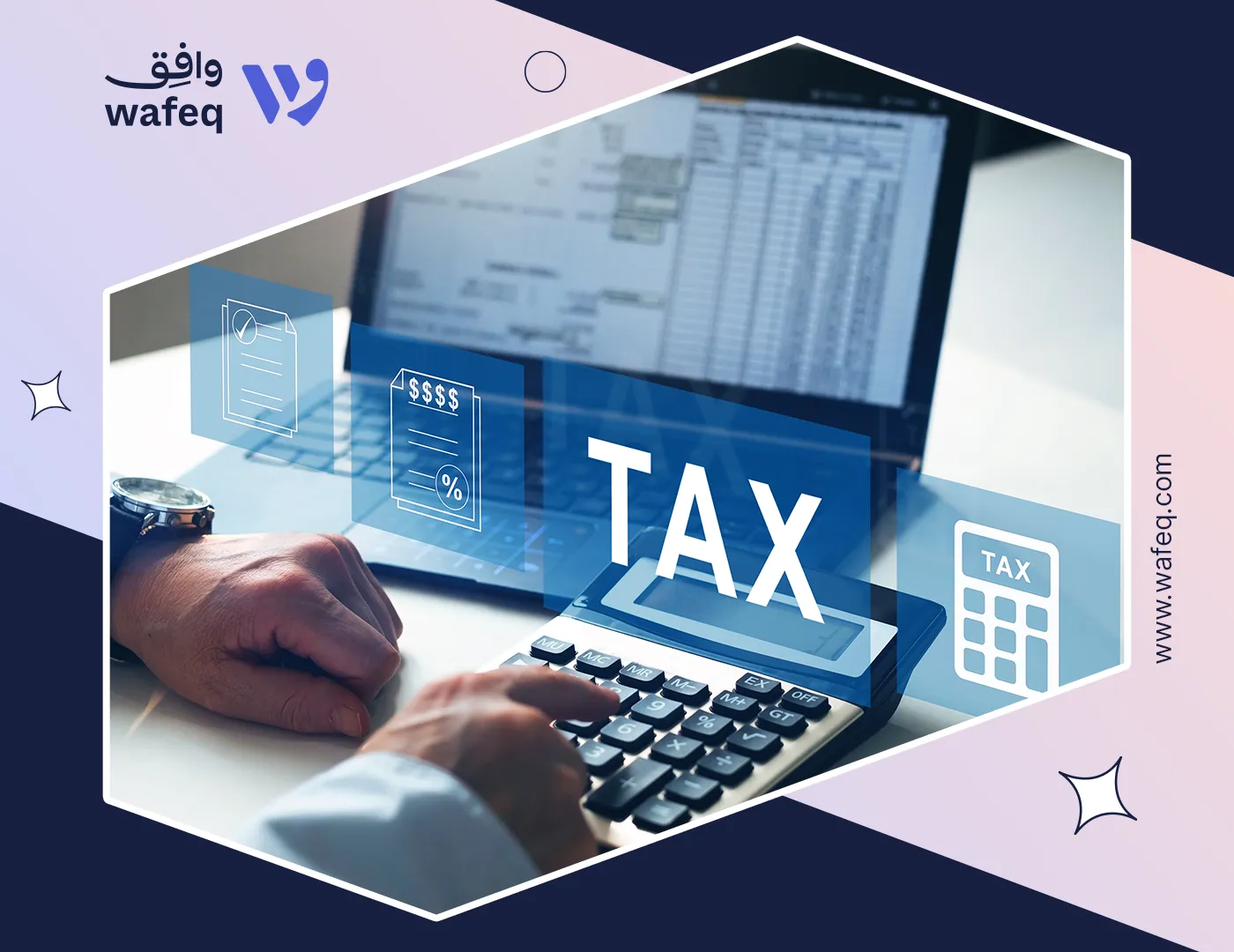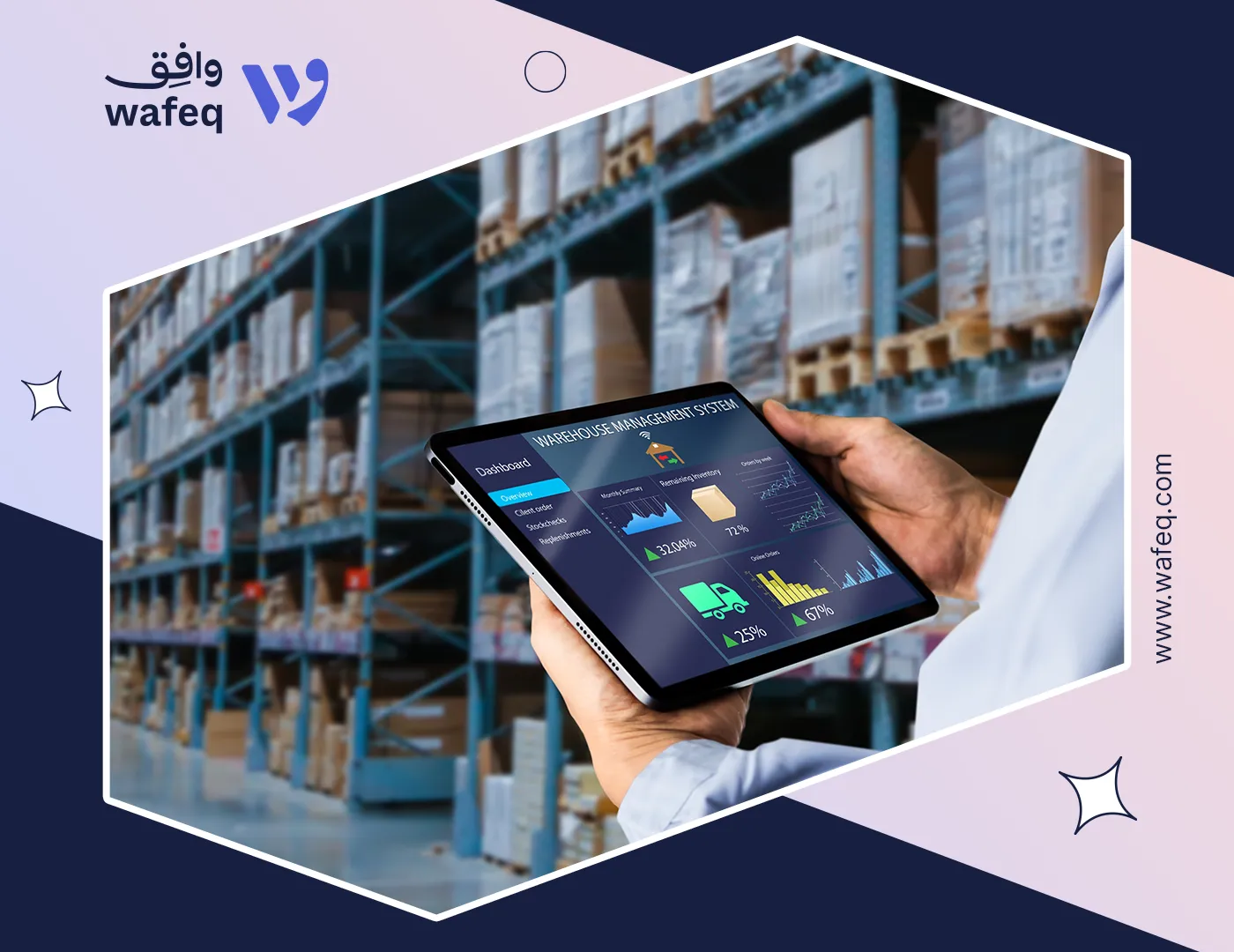How to Inquire About a Payment Order in Saudi Arabia

The invoice was submitted weeks ago. Two follow-ups later, still no response. Doubts begin to grow. Was the payment ever processed at all? Uncertainty like this interrupts planning, strains partnerships, and slows operations. Without clear insight into payment status, financial decisions remain suspended. A payment order inquiry offers more than an update. It gives finance teams the clarity they need to act, follow through, and maintain accountability across every transaction.
What Is a Payment Order?
A payment order is a formal instruction issued by a company or government entity to initiate a funds transfer from its account to a vendor, supplier, employee, or other beneficiary. It confirms that the necessary approvals, documentation, and accounting entries have been completed and that payment is authorized.
In Saudi Arabia, payment orders are pivotal in public and private sectors, especially in government transactions through platforms like the Ministry of Finance’s Etimad Portal. Each payment order carries a unique reference number, allowing parties to track its progress and status.
Payment orders are essential for financial accuracy and compliance, as they prove that the payment process follows internal and external regulatory procedures. They are not to be confused with purchase orders, which authorize spending but do not trigger actual payments.
Why Is Payment Order Inquiry Important?
Delayed payments in day-to-day financial operations often lead to vendor complaints, project slowdowns, or budget planning issues. When teams cannot confirm whether a payment order has been processed or scheduled, they lose visibility over cash outflows and face difficulty coordinating with suppliers or service providers.
Payment order inquiry allows finance teams to verify if a transaction has moved past approval, reached treasury, or been rejected. This visibility is especially critical in environments where multiple departments handle different stages of the payment process, such as procurement, accounting, and treasury.
In the Saudi context, government suppliers use the Etimad platform to track payment statuses, while private companies rely on ERP systems or direct bank confirmations. Regular inquiry helps prevent duplicate payments, ensures timely follow-up, and improves monthly closing accuracy.
How to Make a Payment Order Inquiry in Saudi Arabia
In Saudi Arabia, payment order inquiry processes differ slightly depending on whether the transaction is with government entities or private companies.
The Ministry of Finance’s Etimad platform for government payments is the primary tool. To inquire about a payment order, users must visit the Ministry of Finance website or the Etimad platform, then select the payment order inquiry service. They are required to enter the payment order number along with additional details such as their national ID number, full name, mobile number, and the relationship to the payment order. The detailed steps include:
- Accessing the Ministry of Finance or the Etimad platform.
- Navigating to the
electronic services sectionand selectingPayment Order Inquiry. - Entering the payment order number (usually 8 digits starting with 16, 17, 18, or 19), national ID, full name, mobile number, and the requester’s relation to the order.
- Verifying the accuracy of the entered data before proceeding.
- Viewing the payment order details, including its current status, payment method (transfer or cheque), and issuance date.
Extra Tip:
Extra Tip:
Additional options include contacting the Ministry’s call center at 937, which is available 24/7, or emailing for further support. The Ministry’s FAQ section also provides useful guidance.
In the private sector, companies often use accounting systems, Enterprise Resource Planning (ERP) systems, or financial management software to monitor payment orders internally. Employees responsible for accounts payable can check the status of payment orders within these systems, which often integrate with banks for real-time payment confirmations.
Banks in Saudi Arabia also provide payment tracking through online portals and mobile apps. Companies can confirm whether the payment has been credited or is pending by using payment order numbers. Understanding these channels and using them regularly reduces delays, improves transparency, and strengthens financial controls.
Common Challenges in Payment Order Inquiry
Despite the availability of digital platforms and automated systems, finance teams still face several challenges when inquiring about payment orders:
- Missing or Incorrect Reference Numbers A mistyped or outdated payment order number prevents successful tracking. This often results from poor internal documentation or vendor miscommunication.
- Limited Access to Government Platforms Not all employees have access to portals like Etimad, especially in large organizations where access is restricted to procurement or treasury departments.
- Lack of System Integration In companies without integrated ERP systems, payment statuses are updated manually. This causes delays, errors, and inconsistencies in payment tracking.
- Unclear Approval Status Even after invoice approval, the payment order may remain stuck in a different department (e.g., treasury or finance) with no visibility for the accounting team.
- Slow Updates on Bank Systems In some cases, banks delay updating the status of payments, making it hard to confirm whether the payment has been successfully processed or is still pending.
- No Centralized Follow-up Process Without a standardized follow-up system, each team member may handle inquiries differently, causing duplication of effort or missed updates.
Best Practices to Ensure Smooth Payment Tracking
Effective payment tracking requires coordination between departments, clear documentation, and the appropriate tools. The following best practices help minimize delays and improve visibility, and ensure timely vendor payments:
- Maintain Accurate Payment References and ensure that every payment order is properly recorded with its unique number, linked to the corresponding invoice, and easily accessible by the finance team.
- Use a Centralized System and adopt ERP or cloud-based accounting software where all departments, procurement, accounting, and treasury can track the progress of payment orders in real time.
- Implement Role-Based Access and provide secure platform access (e.g., to Etimad or bank portals) for relevant staff based on their responsibilities, while maintaining proper authorization controls.
- Schedule Regular Reconciliations, like Weekly or biweekly reconciliations, to help verify that approved payment orders have been processed and matched correctly with bank records.
- Document Follow-Up Activities and Log every inquiry, response, and payment update in an internal system or spreadsheet. This ensures continuity, especially when multiple people are involved.
- Set Internal Deadlines and establish expected processing timelines for each payment stage, from invoice approval to treasury release, and monitor adherence to those benchmarks.
- Train Staff on Platforms and Procedures, and conduct periodic training sessions to ensure all relevant personnel know how to use platforms like Etimad, ERP tools, or bank dashboards efficiently.
How Wafeq Can Help with Payment Order Tracking and Automation
Wafeq simplifies how finance teams manage, track, and execute payments by providing a centralized platform that connects all key functions, from invoice creation to payment confirmation. Here’s how Wafeq supports payment order tracking and automation:
- Integrated Invoice and Payment Workflow Wafeq links approved invoices directly to payment orders. Once an invoice is approved, the system initiates a payment request, reducing the risk of delays or lost documentation.

- Real-Time Payment Status Updates Through bank integrations, Wafeq displays payment statuses in real time, whether pending, processed, or completed, giving finance teams clear visibility without needing to log into multiple systems.
- Automated Notifications and Follow-Ups Wafeq sends alerts when payment orders are created, approved, or overdue. This keeps teams informed and ensures timely follow-up with banks or internal departments.
- Centralized Audit Trail Every action, from invoice approval to payment execution, is logged and traceable, making audits easier and improving accountability across departments.
- Customizable Approval Workflows Companies can configure multi-level approvals for payment orders based on amount, department, or vendor type, ensuring that internal policies are followed before disbursement.
- ERP and Platform Integration Wafeq can integrate with other ERP systems or platforms, such as Etimad, to streamline the reconciliation and reduce manual entry errors.
Know more about: Accrual Accounting Essentials: Prepaid Expenses, Accruals, and Revenue Deferrals Explained
Delays in payment order processing create uncertainty that can affect cash flow, vendor relationships, and project timelines. Whether dealing with public or private sector transactions, knowing how and where to inquire about payment orders gives finance teams greater control and confidence.
Platforms like Etimad for government payments and ERP systems for private companies make it easier to access real-time payment status. However, challenges as missing references, a lack of integration, or poor internal coordination can still cause friction. By applying best practices and using tools like Wafeq, finance teams can streamline inquiries, improve accuracy, and automate their entire payment cycle, from invoice approval to final disbursement.
FAQs about Payment Order Inquiry
What is the difference between a payment order and a purchase order?
A purchase order is issued before the service or product is delivered, authorizing the purchase. A payment order is issued after the service is delivered and the invoice is approved, authorizing the running payment.
Can a payment order be canceled after issuance?
Yes, but only if the order hasn’t been processed by the treasury or bank yet. Cancellation requires internal approvals and proper documentation to justify the request.
How long does it take for a payment order to be processed?
Processing time depends on the internal workflow and the payment method used. For government-related transactions, the Ministry of Finance generally completes payment orders within 45 days from the date they are officially received. Although many are processed sooner, depending on documentation and approvals. While in private companies with automated systems, payments are completed within 1–2 business days after final approval.
Automate your payment cycle from approval to bank confirmation with Wafeq.
Automate your payment cycle from approval to bank confirmation with Wafeq.



.png?alt=media)










